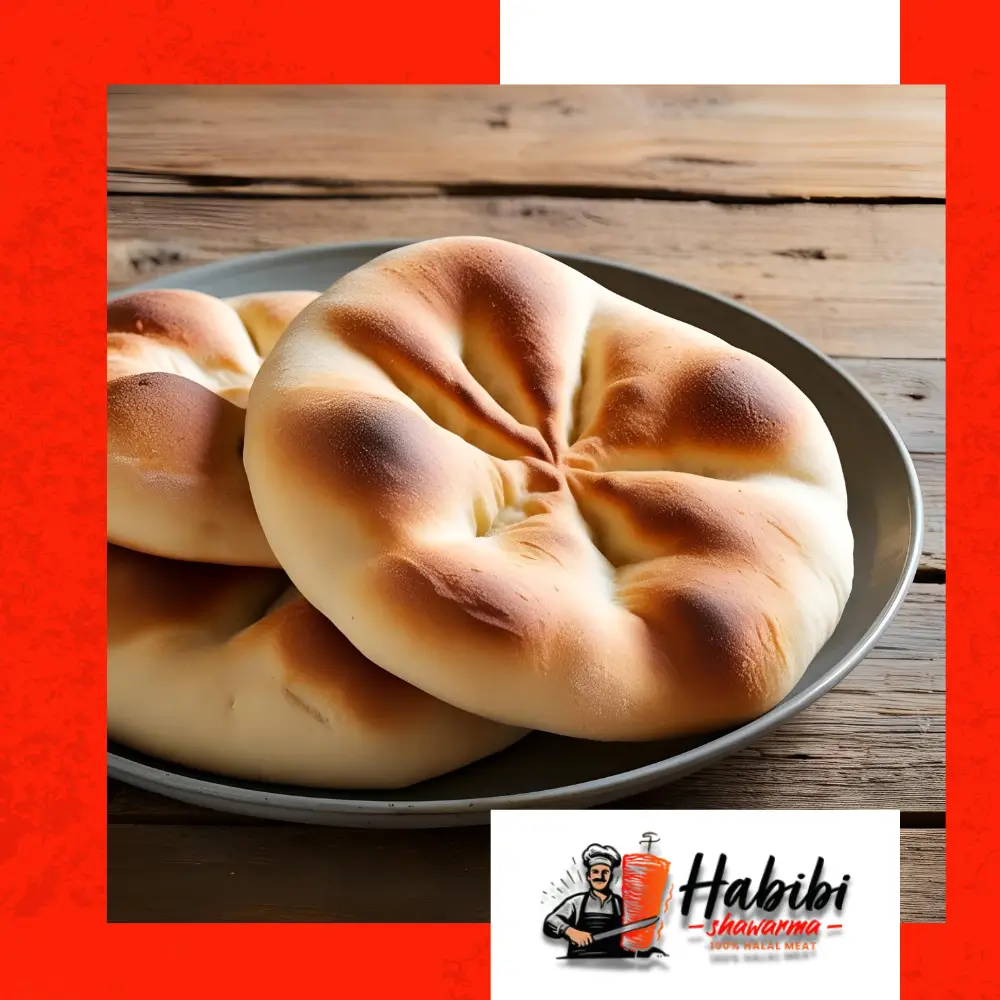Pita bread—soft, round, and pocketed—has become a beloved staple in homes and restaurants worldwide. But its story began thousands of years ago, long before modern cuisine existed. Ancient texts and records from the Middle East, Egypt, and Mediterranean regions offer clues about this simple yet essential flatbread, which helped sustain civilizations and carry cultural meaning. In this article, we’ll explore what these writings reveal about the enduring role of pita bread in history.
The Origins of Pita Bread in Early Civilizations
Historical and archaeological evidence suggests that pita bread dates back over 4,000 years. It’s believed to have originated in the region known as the Fertile Crescent—modern-day Iraq, Syria, Jordan, Israel, and Egypt. Ancient texts like Babylonian agricultural records and Egyptian temple inscriptions mention various forms of flatbread, describing how they were baked in clay ovens or on hot stones.
These breads were not yet called “pita” by name, but their descriptions match what we now recognize as **pita bread**: round, flat, and often used as a vessel for scooping food or wrapping ingredients. References to “round cakes made from wheat” appear frequently in Sumerian and Egyptian writings, highlighting the bread’s central role in everyday nutrition.
Bread in Sacred Texts and Symbolism
References to flatbreads similar to pita can also be found in religious scriptures and ancient rituals. In the Hebrew Bible, unleavened bread appears as a symbol of both humility and survival. While not identical to pita (which is leavened), these texts reflect how early breads were spiritual symbols as well as dietary staples.
In the Christian New Testament, bread continues to hold deep symbolic value. While not referred to as “pita” directly, historians believe the bread used at the Last Supper may have resembled pita bread—simple, round, and shared among many.
Mentions in Greek and Roman Writings
By the time of the ancient Greeks and Romans, flatbreads had become well-documented in literature and everyday use. In ancient Greek texts, the term “artos” was used to describe bread, including types baked in flat rounds. Greek philosopher Galen mentioned bread’s medicinal properties, describing “soft flat loaves” made from barley and wheat—descriptions that align closely with pita.
Roman soldiers were also known to carry **flatbreads** during military campaigns. These were durable, easy to carry, and versatile—much like pita is today. While the Latin texts don’t call it pita, the bread’s characteristics suggest an early version of it was widely consumed throughout the empire.
How Pita Bread Was Made and Shared
Historical writings often describe the communal nature of breadmaking. In ancient Mesopotamia, families would gather to knead dough and bake it in taboons (clay ovens). The process was labor-intensive but central to daily life. Women in particular were responsible for maintaining these traditions, passing down techniques and recipes through generations.
Clay tablets from the Akkadian Empire describe “bread for the workers” as round, flat, and hearty—qualities that match the pita bread still made today. These records highlight how pita bread was both sustenance and a shared cultural practice.
The Legacy of Pita Bread in Today’s World
Though it has changed little in form, **pita bread** continues to evolve in context. Now found in international supermarkets, food trucks, and five-star restaurants, this ancient flatbread has become a **global icon**. Yet its presence in **ancient texts and inscriptions** reminds us that pita is not just a food—it’s a connection to our past.
When you break into a warm pita today, you’re engaging in a ritual that stretches back millennia. The techniques may be modernized, but the cultural essence—the role of pita as a companion to meals and a symbol of community—remains intact.
Conclusion: History in Every Bite
Pita bread has journeyed from clay ovens of ancient civilizations to modern kitchens across the world. As historical texts and ancient writings reveal, this simple flatbread was more than just food—it was tradition, sustenance, and symbol. Whether used as currency in trade, a staple in religious ceremonies, or a daily companion to soups and stews, pita’s significance is woven into the fabric of human history.
Next time you search for a fresh wrap or warm bread to accompany your meal, remember that **pita bread** has fed both the bodies and spirits of people for thousands of years—and it continues to do so today.
READ MORE:
Archaeological Findings on Pita Bread: What Excavations Tell Us About Its Past

